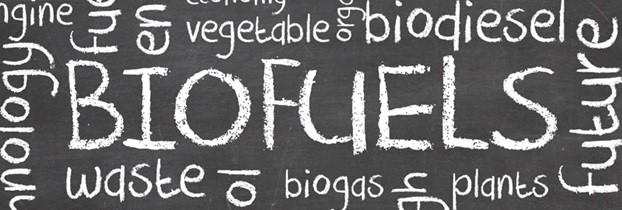San Marcos University commits to Doosan fuel cell
(Source: GasWorld)
California State University San Marcos has finalized an agreement that will provide the 304-acre campus with two fuel cells to help the institution adhere to strict sustainability standards and reduce greenhouse gas emissions associated with energy consumption.
The project, developed by BioFuels Energy LLC, will utilise power plants provided by Doosan Fuel Cell (Doosan), which will shrink reliance on the San Diego power grid and, unlike grid power, will consume no water during energy production – a key performance advantage in droughtstricken California.
“As an institution for higher learning, we believe it is our responsibility to continually look for the most efficient and innovative ways we can operate our campus,” says Lindsey Rowell, director of energy management and utility services for CSUSM, which serves more than 14,000 students.
“CSUSM’s new fuel cells not only represent a significant step toward achieving our aggressive sustainability goals, they will also offset electricity costs and ensure we can sustain continued growth while remaining one of the most energy-efficient universities in the state.”
BioFuels Energy, a project developer that supplies its clients with “renewable energy solutions” through strategic alliances and long-term power purchase agreements (PPAs), has acquired two 440kW fuel cells and a 90 tonne chiller from Connecticut-based Doosan.
“The Doosan fuel cells have been in existence longer than most any stationary fuel cell for commercial applications. These units have very reliable uptime and (energy) availability,” says Ken Frisbie, managing director for BioFuels. “In this flexible financing model, using a combination of state and federal incentives has helped Cal State San Marcos acquire the benefits from fuel cells with no upfront expense.”
The Doosan PureCell Model 400 technology requires no water consumption or water discharge while combining hydrogen and oxygen to produce electricity and heat. The fuel cells, which meet the CARB (Calif. Air Resources Board) standard for ultra-low emissions devices, operate quietly, can be installed in nearly any indoor or outdoor environment and have the potential to deliver grid-independent power.
“As businesses, including college campuses across America, reduce their environmental impact and cut greenhouse gas emissions, fuel cells are moving to the forefront,” says Jeff Chung, President and CEO of Doosan Fuel Cell. “As demonstrated by Cal State San Marcos, this is especially true in California where water resources are evaporating due to drought conditions and building a sustainable future with ultraclean energy from fuel cells is essential.”
